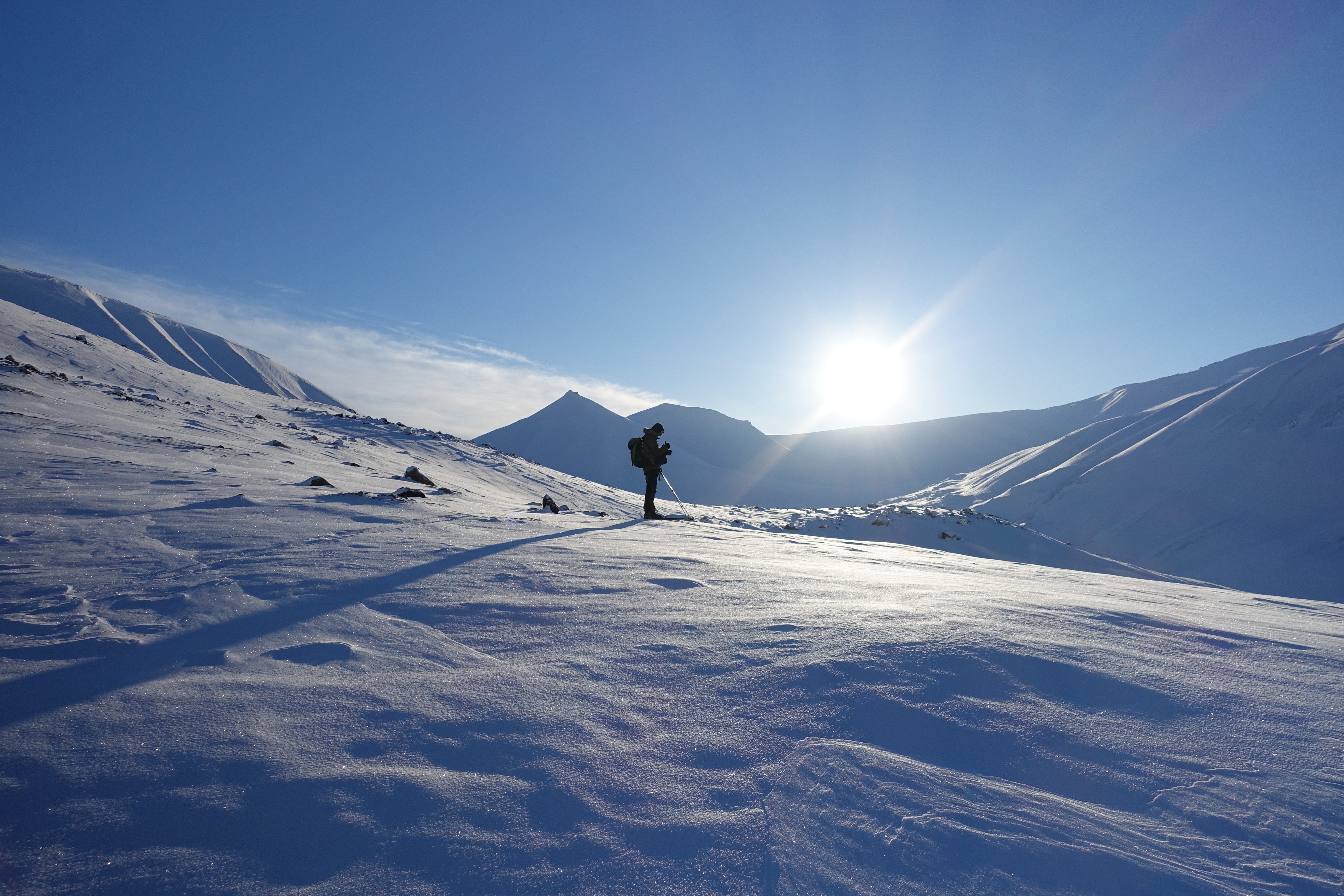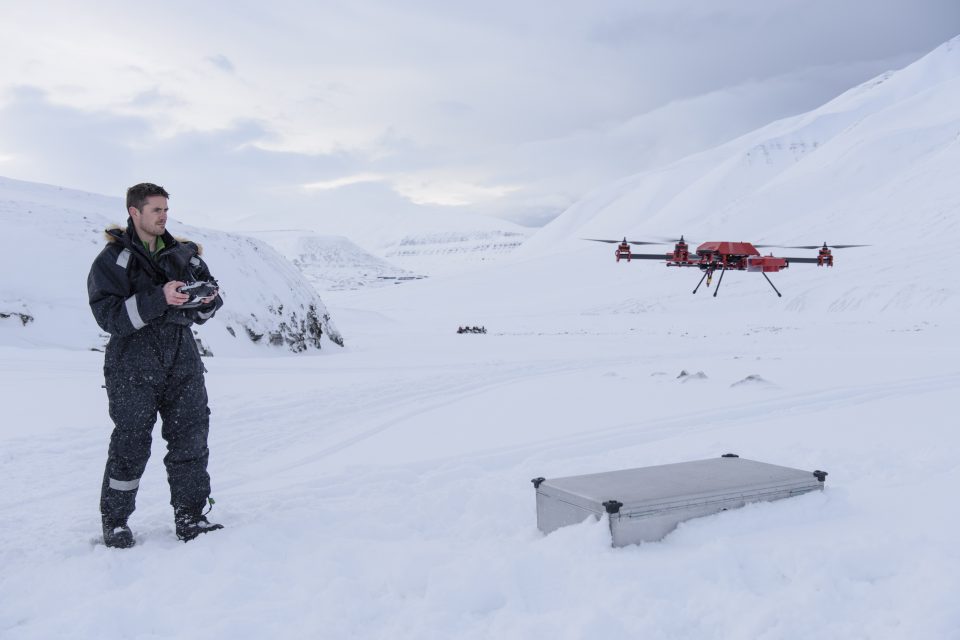A UK scientist has been handed a grant from Microsoft and the National Geographic Society for a unique study into how climate change is melting glaciers in the Arctic.
Joseph Cook, from Margate in Kent, will spend the AI for Earth money on machine learning, drones and satellites to map how ice in the region is being changed by rising global temperatures.
The 32-year-old said he was “breaking new ground” with the project, which he hopes will create research and educational tools to help people understand more about our changing environment.
“At the moment, scientists look at glaciers using satellites in space and say ‘that’s snow, that’s ice, that’s quite dark’, and that’s as detailed as we get,” Cook said. “With this project, we will be able to see precisely what’s on the ice and how it’s changing over time. We will understand at a greater level of detail how ice melts, which will help us predict into the future how a glacier is going to melt.

“We don’t use the cutting-edge technology that’s available in the cryosphere [areas of the Earth covered by ice] to the extent that we should. At the moment we mostly make quite basic observations. There’s a huge amount of information that’s not being used to its full potential, but scientists can’t do it alone; we need the support of big computing companies that have large cloud networks, like Microsoft. That’s where this grant comes in.”
Cook will conduct his research on glaciers in Svalbard, Norway, following previous work in Greenland. He plans to measure how much of the sun’s energy is absorbed or reflected by different parts of the glacier as well as study individual samples for soot, dust and algae, among other things. That will allow Cook to identify similar areas from the air using a drone and the Copernicus Sentinel 2 satellite, giving him a comprehensive view of how glaciers are changing over a wide area.
The process will create huge amounts of image data, which Cook will store on Microsoft’s Azure cloud computing platform. He will then take 100GB chunks of that information and run it through his own algorithm to get a map showing the different types of ice on a sheet.
The algorithm and data that Cook produces could also be used by researchers working in other ice-filled areas across the world.

“Much of the complexity [of how a glacier melts] is missed by our current aerial and orbital remote sensing, and in our forward projections into the future, which is exactly what we want to address with this grant,” Cook said. “We want to use drone technology and machine learning analysis protocols to capture that hidden complexity of ice surface evolution.
The Arctic is warming at twice the average global rate, so for every one degree the planet as a whole warms up, the Arctic warms up two. The region drives our climate at a global level, so if you want to understand the Earth as a system, it’s critical that you understand the Arctic.”
Cook is one of 11 new recipients of the AI for Earth Innovation grant, along with experts from Denmark, Uganda, the US, Germany and Guatemala. The National Oceanography Centre, in Southampton, is using a previous grant from the Microsoft AI for Earth programme to try to predict wave sea states in the North Atlantic by using deep learning.
AI for Earth is a $50m, five-year programme launched by Microsoft in 2017. It offers cloud and AI computing resources, training and grants to researchers across the world who are trying to create a more sustainable future. More than 180 grantees in over 50 countries have received grants so far.






